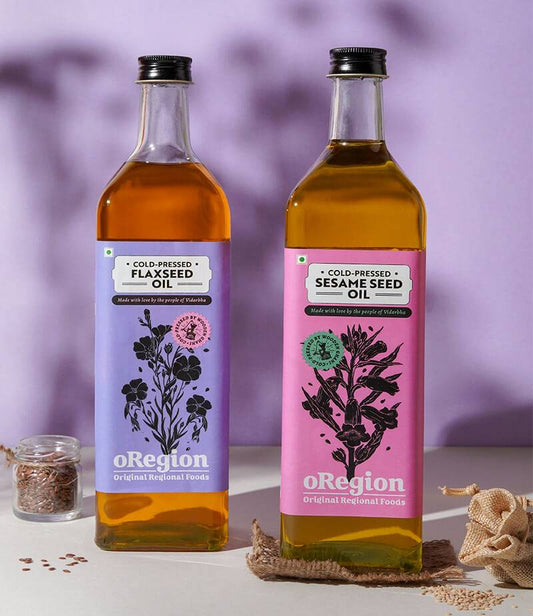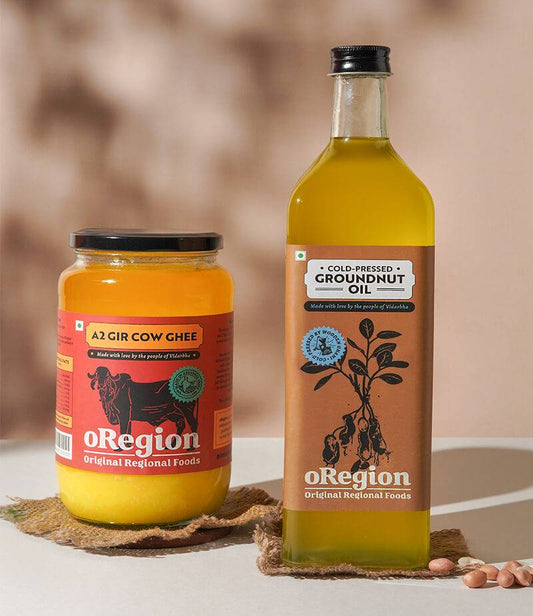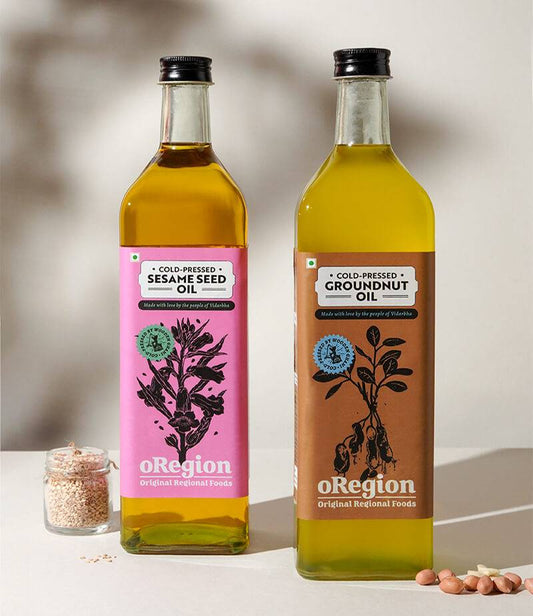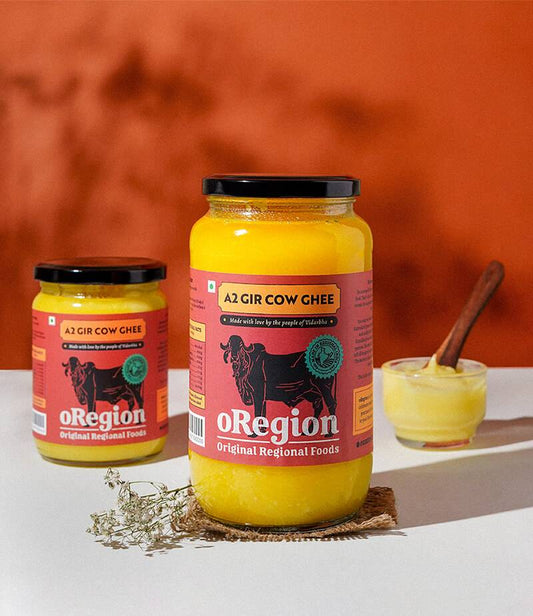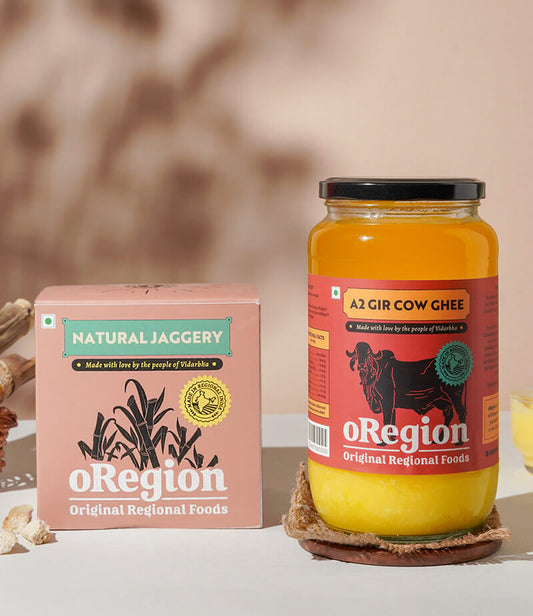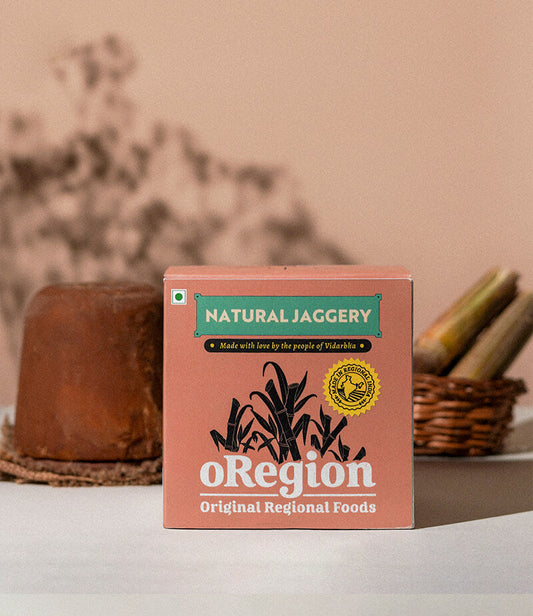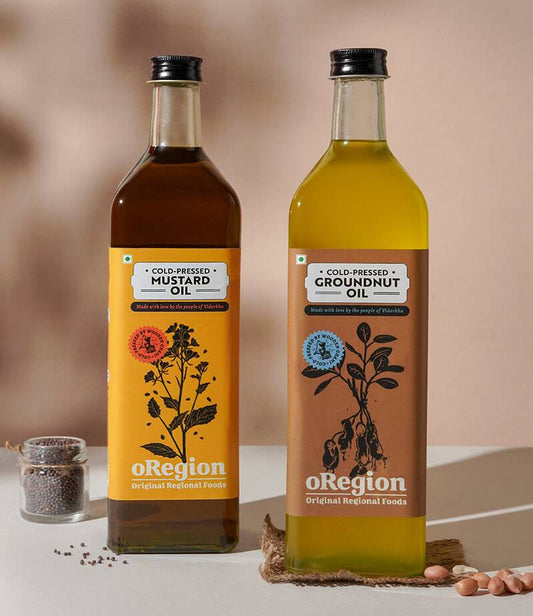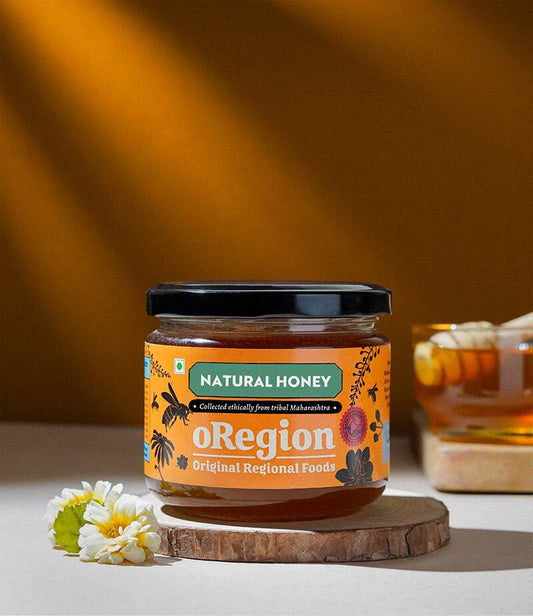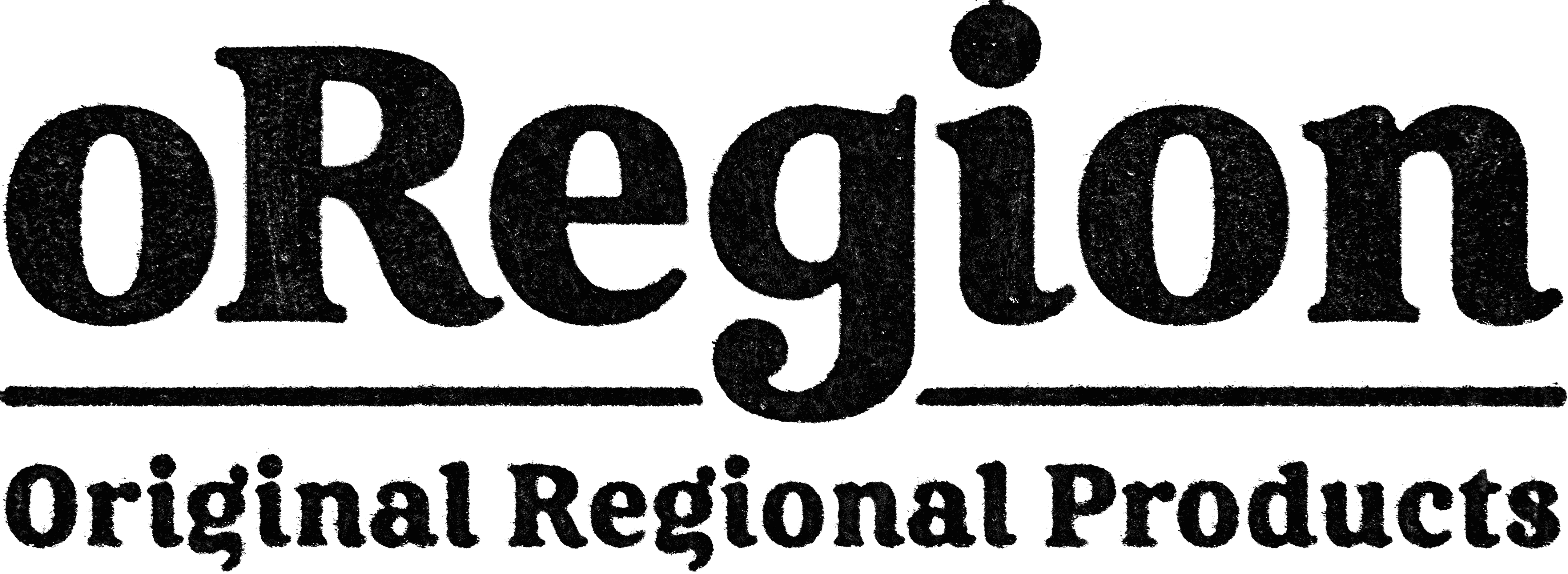
5 Things About Honey That Are Wrongly Spread on Social Media, According to Experts
By oregion foodsHoney has been cherished for centuries, not just for its rich, golden sweetness but also for its perceived health benefits. While it’s a kitchen staple in many households, several myths surround honey, leading to confusion about its purity, properties, and benefits. Today, we’re here to separate fact from fiction and uncover the truth about honey.
Myth 1: Crystallized Honey is Adulterated
Fact: Crystallization is a Natural Process
Many people believe that when Honey crystallizes, it’s been mixed with sugar or other impurities. In reality, crystallization is a natural process that occurs when glucose in honey forms crystals over time. The rate at which honey crystallizes depends on factors like its floral source and storage conditions.
For example, Raw Natural Honey tends to crystallize faster because it retains pollen and enzymes, which act as natural crystallization agents. Instead of worrying about adulteration, simply place the jar in warm water to dissolve the crystals and enjoy your honey as before.
Myth 2: Pure honey is flammable.
Many believe that pure honey should burn when exposed to a flame, while adulterated honey won’t. This is not entirely true.
Fact: Flammability depends on moisture content, not purity.
Raw honey naturally contains 16-20% water, making it difficult to catch fire. Even adulterated honey with lower moisture may burn more easily. So, the burn test is not a reliable way to check purity. Instead, look for texture, taste, and crystallization to identify real honey.
The Flammability of Honey Depends More on Its Moisture Content Rather Than Its Purity. Here’s Why:
Honey naturally contains water – On average, raw honey has 16-20% moisture content, making it difficult to catch fire.
Lower moisture = higher chance of burning – If honey is dried out or exposed to heat for a long time, its moisture content drops, and it may burn more easily.
Even adulterated honey can burn – Some forms of adulterated honey with added sugars or glucose syrup (which have lower moisture) might burn faster than pure honey.
Myth 3: All Honey Tastes and Smells the Same
Fact: Honey's Flavor and Aroma Vary Based on Floral Source
Some people think that honey is just honey—it all tastes the same. But if you've ever tried Wild Forest Honey or Multiflora Honey, you’ll know that honey’s taste, aroma, and texture vary widely based on the nectar source.
For instance, oRegion’s Natural Wild Honey, sourced from the lush forests of Gadchiroli, Maharashtra, has a distinct taste that reflects the diverse nectar of medicinal plants. In contrast, honey from clover flowers will have a much milder and lighter taste. The next time you buy honey, try different varieties and savor the uniqueness in every jar.
Myth 4: Thick and Viscous Honey is Pure
Fact: Honey’s Consistency Varies by Source and Temperature
Many believe that thick and dense honey is a sign of purity, while runny honey is diluted. However, honey’s viscosity depends on factors such as floral source, water content, and storage conditions.
For example, Raw Organic Honey might be more fluid in warmer temperatures but thickens when refrigerated. Some naturally occurring honey varieties, such as Acacia Honey, remain runny for a long time due to their high fructose content. So, don’t judge the purity of honey based on its thickness—always check for reliable sourcing and quality standards instead.
Myth 5: Honey Has No Expiry Date
Fact: Honey Doesn’t Spoil, But Proper Storage is Essential
It’s often said that honey never expires, and while that’s mostly true, it requires proper storage. If harvested, handled, and stored correctly, honey can last indefinitely because of its low moisture content and natural antimicrobial properties. However, if exposed to moisture or contaminants, it can ferment and develop an off taste.
To keep your honey fresh, store it in an airtight container at room temperature, away from direct sunlight and moisture. Avoid using wet spoons when scooping out honey to prevent spoilage.
Why Choose oRegion’s Natural Wild Honey?
At oRegion, we take pride in offering Pure Honey that is ethically sourced from the dense forests of Maharashtra. Our Multiflora Honey is harvested from wild beehives of Apis dorsata (Rock Bees) using sustainable and cruelty-free methods. Unlike commercial honey that undergoes excessive heating and filtration, our honey retains its natural enzymes, pollen, and antioxidants, ensuring that you get the best raw honey in every jar.
How to Incorporate Honey into Your Daily Routine
Honey is not just a sweetener; it’s a powerhouse of natural goodness. Here’s how you can use it in your daily life:
-
Natural Sweetener: Swap refined sugars with honey in your tea, coffee, or smoothies.
-
Skincare: Apply honey as a face mask for glowing, moisturized skin.
-
Cough Suppressant: A spoonful of honey can soothe a sore throat and suppress cough.
-
Baking: Use honey in baked goods for a naturally sweet and moist texture.
-
Energy Booster: Take a spoonful before workouts for a quick energy boost.
Conclusion
Honey is an incredible natural product, but myths can often lead to confusion. By understanding the truths behind these common misconceptions, you can make better choices about the honey you consume.
At oRegion, we ensure that every jar of Best and Pure Honey is sourced responsibly, retaining all the natural goodness nature intended. Whether you’re looking for Raw Honey Online, Organic Honey Online, or Pure Honey Near Me, trust oRegion to deliver the finest quality honey straight from nature to your home.
For more insights, check out our blogs:
Embrace the natural sweetness of honey and make the switch to purity today!
